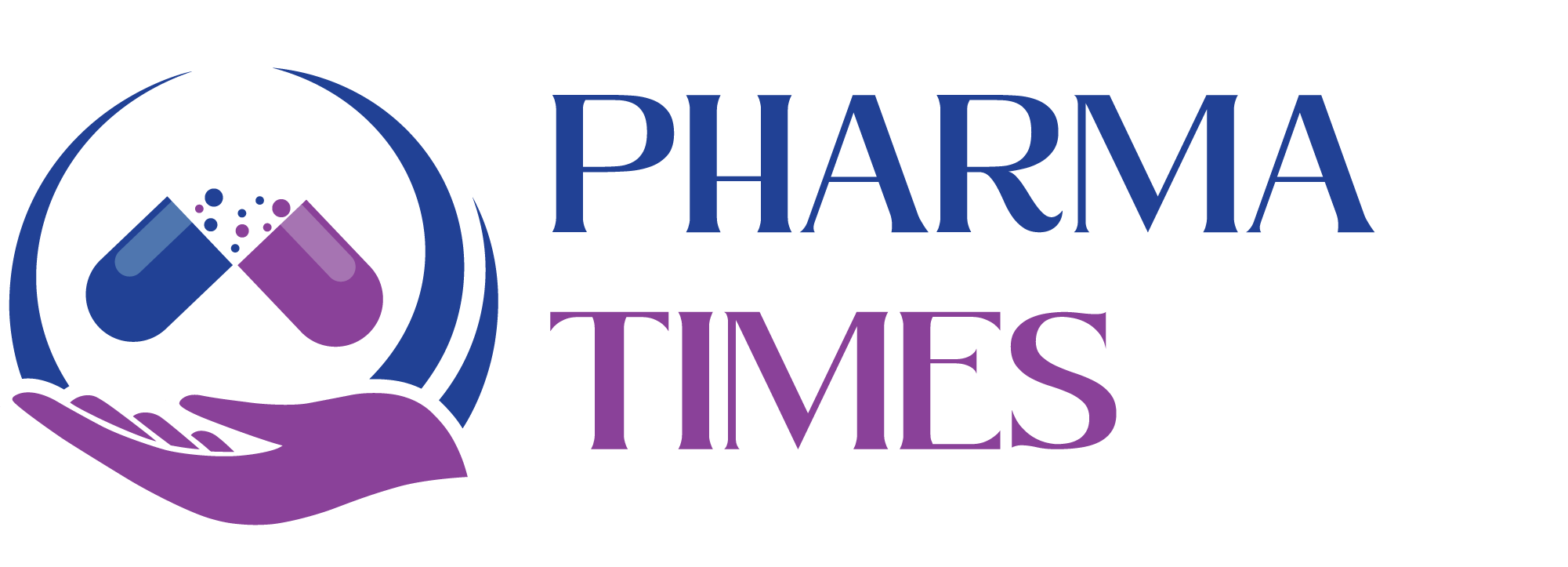How does the film coating process work in the pharmaceutical industry, and what are its benefits for drug formulation?

Film Coating Process in the Pharmaceutical Industry
The film coating process is a critical step in the pharmaceutical manufacturing of solid dosage forms, such as tablets. It involves applying a thin polymer-based coating on the surface of a tablet or pill. This coating serves various functions, including protecting the active ingredient, enhancing stability, improving the aesthetic appearance, and controlling the release of the drug.
Step-by-Step Process of Film Coating
-
Preparation of the Coating Solution:
-
A coating solution is prepared by dissolving or suspending a polymer (such as hydroxypropyl methylcellulose or ethyl cellulose) in a solvent like water or alcohol. The polymer is often mixed with additional ingredients, such as plasticizers (e.g., polyethylene glycol) for flexibility, colorants for visual appeal, and sometimes sweeteners or flavoring agents.
-
-
Coating Application:
-
The tablets are placed in a coating pan (a rotating drum or vessel). The pan allows for uniform application of the coating solution onto the surface of each tablet.
-
The coating solution is sprayed onto the tablets while the pan is in motion. The tablets tumble and rotate to ensure that the coating is evenly distributed.
-
-
Drying:
-
As the coating solution is applied, the solvent (water or alcohol) evaporates due to the heat supplied during the process. The drying step is crucial to prevent clumping or uneven coating.
-
The process must be carefully controlled to ensure the coating does not become too thick or uneven.
-
-
Curing and Polishing:
-
After the tablets are coated and dried, they may be further processed by curing (to allow any residual solvent to evaporate completely) and polishing (to give the tablets a shiny finish).
-
Polishing agents like carnauba wax may be used to enhance the appearance and feel of the tablets.
-
Benefits of Film Coating for Drug Formulation
-
Protection of Active Pharmaceutical Ingredient (API):
-
The film coating acts as a barrier that protects the API from external factors such as moisture, light, and oxygen, which can degrade the drug over time.
-
It also helps in masking unpleasant odors or tastes, making the drug more palatable for patients.
-
-
Enhanced Stability:
-
Film coating helps stabilize sensitive APIs by providing an additional layer of protection. This is particularly important for drugs that are prone to degradation due to environmental factors.
-
It can help extend the shelf-life of the drug, ensuring it remains effective and safe for a longer period.
-
-
Controlled or Modified Drug Release:
-
Film coatings can be tailored to control the release rate of the drug. This can be done through enteric coatings, which prevent the release of the drug in the stomach and allow it to release in the intestines, or extended-release coatings, which allow the drug to be released gradually over time.
-
Delayed-release coatings can be used for drugs that are sensitive to stomach acid, allowing them to dissolve only in the more neutral pH of the intestine.
-
-
Aesthetic Improvements:
-
Film coating can improve the appearance of tablets, making them more appealing to patients. Tablets can be coated with a variety of colors and shapes that enhance the visual appeal and aid in identification.
-
It also provides a smooth finish, which can make swallowing easier for patients, especially in the case of large tablets.
-
-
Improved Handling and Durability:
-
Coated tablets are often easier to handle and more durable during packaging, shipping, and handling, as the coating protects the tablets from breaking or crumbling.
-
The coating prevents the tablets from sticking together during processing, thus maintaining their integrity.
-
-
Taste Masking:
-
Some APIs have a bitter taste, which can make the tablet unpleasant to take. The film coating can mask this taste, improving patient compliance, especially in pediatric and geriatric patients.
-
-
Reduced Cross-Contamination:
-
Film coating can help prevent cross-contamination between different drug formulations when processing multiple batches in the same facility. Coated tablets are sealed and less likely to release particles during production.
-
Types of Film Coatings
-
Immediate-Release Coating:
-
Designed to dissolve quickly after ingestion, providing rapid release of the active ingredient.
-
-
Enteric Coating:
-
A specialized coating that resists acidic environments like the stomach, ensuring that the drug is released in the intestine where it is absorbed.
-
-
Sustained-Release/Extended-Release Coating:
-
Designed to release the drug over an extended period, reducing the frequency of dosing and improving patient compliance.
-
-
Taste-Masking Coating:
-
Used to mask the unpleasant taste of certain drugs, improving patient acceptability.
-
Challenges in the Film Coating Process
-
Uniform Coating: Achieving a uniform, thin coating layer is challenging and requires precise control of equipment and process parameters such as spray rate, pan speed, and drying temperature.
-
Cost: Film coating processes can be expensive due to the materials (e.g., polymers and plasticizers) and the equipment required.
-
Potential for Cracking: If the coating is too thick or the drying process is not adequately controlled, the coating may crack or peel, leading to product defects.
-
Solvent Management: The solvents used in film coating processes need to be carefully managed and evaporated to ensure the quality of the final product.
Conclusion
The film coating process is a key aspect of modern pharmaceutical manufacturing, providing essential benefits such as protection, controlled drug release, aesthetic appeal, and improved patient compliance. By carefully controlling the coating materials, equipment, and process conditions, manufacturers can produce high-quality tablets with optimal drug delivery characteristics.
🎓 Discover one of the best Pharmaceutical Production courses available — click below to explore the course that’s shaping future Production skills.

